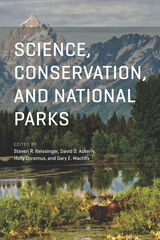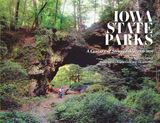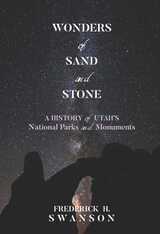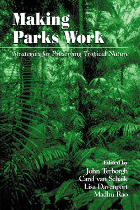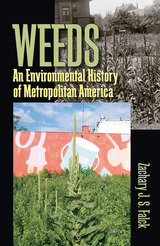Parks in Peril: People, Politics, and Protected Areas
Island Press, 1998
Paper: 978-1-55963-608-7 | Cloth: 978-1-55963-607-0 | eISBN: 978-1-59726-918-6
Library of Congress Classification SB484.L38P37 1998
Dewey Decimal Classification 333.78315098
Paper: 978-1-55963-608-7 | Cloth: 978-1-55963-607-0 | eISBN: 978-1-59726-918-6
Library of Congress Classification SB484.L38P37 1998
Dewey Decimal Classification 333.78315098
ABOUT THIS BOOK
ABOUT THIS BOOK
Using the experience of the Parks in Peril program -- a wide-ranging project instituted by The Nature Conservancy and its partner organizations in Latin America and the Caribbean to foster better park management -- this book presents a broad analysis of current trends in park management and the implications for biodiversity conservation. It examines the context of current park management and challenges many commonly held views from social, political, and ecological perspectives. The book argues that: biodiversity conservation is inherently political sustainable use has limitations as a primary tool for biodiversity conservation effective park protection requires understanding the social context at varying scales of analysis actions to protect parks need a level of conceptual rigor that has been absent from recent programs built around slogans and stereotypesNine case studies highlight the interaction of ecosystems, local peoples, and policy in park management, and describe the context of field-based conservation from the perspective of those actually implementing the programs. Parks in Peril builds from the case studies and specific park-level concerns to a synthesis of findings from the sites. The editors draw on the case studies to challenge popular conceptions about parks and describe future directions that can ensure long-term biodiversity conservation.Throughout, contributors argue that protected areas are extremely important for the protection of biodiversity, yet such areas cannot be expected to serve as the sole means of biodiversity conservation. Requiring them to carry the entire burden of conservation is a recipe for ecological and social disaster.
See other books on: Biodiversity conservation | National parks and reserves | Park & Recreation Management | Parks | People
See other titles from Island Press




